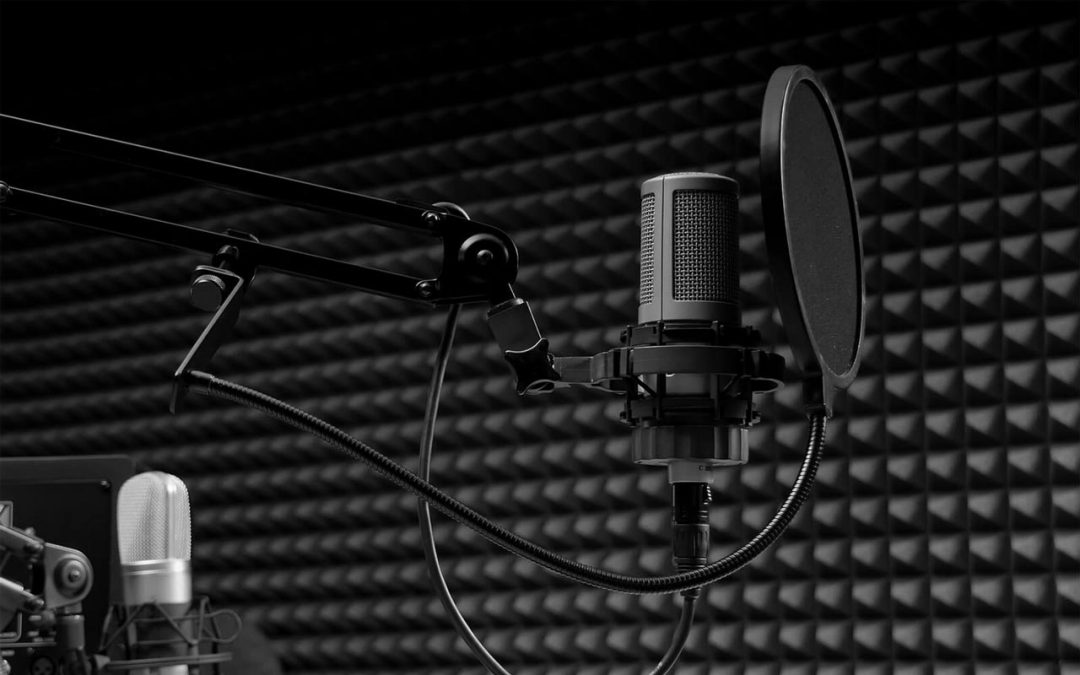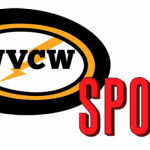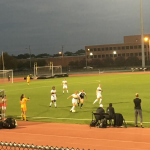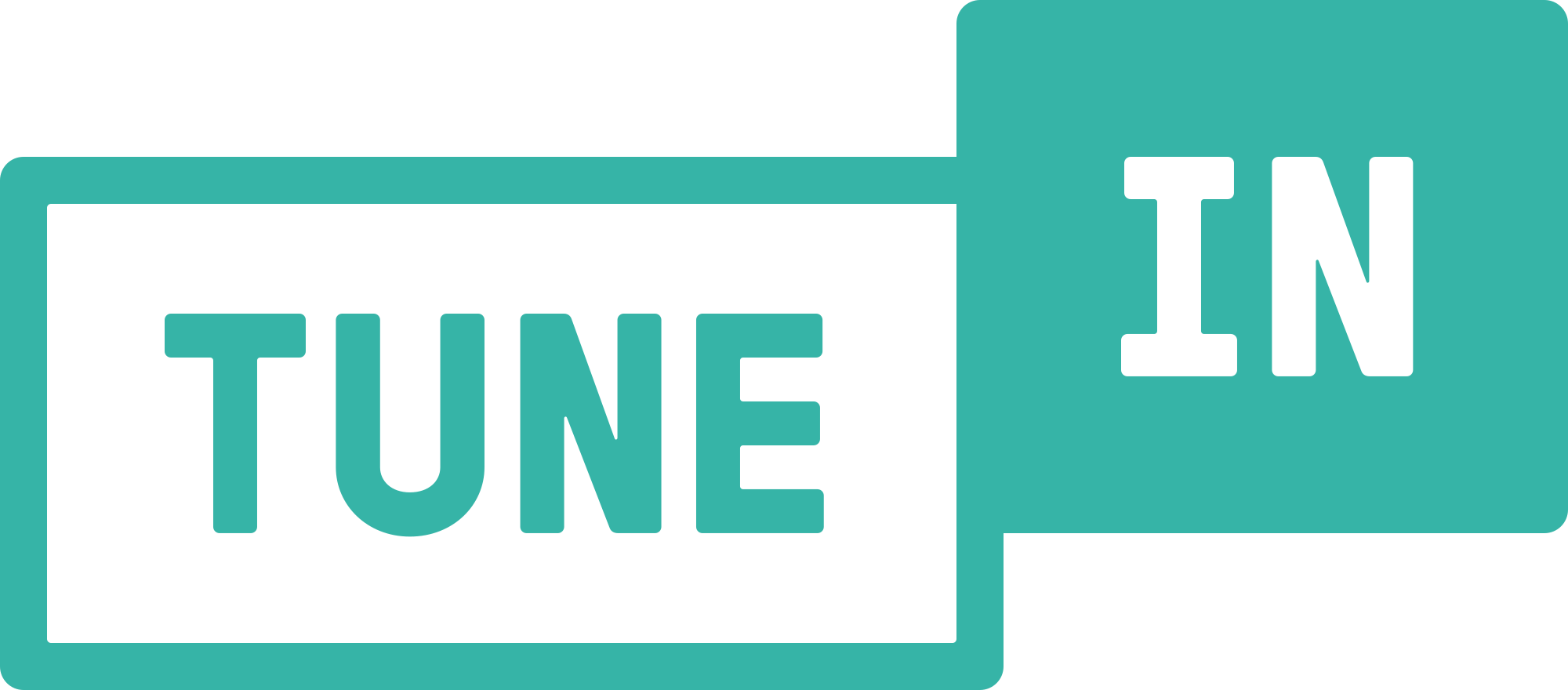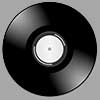Starting a podcast is an incredible way to break into the field of media and entertainment. It’s an easy and unique opportunity to broadcast your thoughts, ideas, and creations with the world. You don’t need to be an established content creator to be an instant success, literally anyone can do it, with the right idea. Podcasts are an easy medium to blow up on because they’re so accessible. Podcasts are available on any device at any time, whether it be, iPhones, cars, radios, computers, etc. you can access podcasts anywhere. They’re also more personal than many other mediums, oftentimes a podcast receives 30 minutes to an hour of listening time, as opposed to quick tweets or instagram posts that hold your attention for 1% of that time. Lastly, and most of all, podcasts are free. Free entertainment is huge.
The first question you must ask yourself when starting a podcast is, “Why?”. What is the reason you want to start a podcast? Are you looking to market yourself professionally and make a name for yourself or are you looking to start a podcast as a hobby? Both have the potential for great success, but it’s a distinction that must be made early in order to keep a podcast successful.
Next, you have to begin to think about “Who?”. Who is the intended audience of this podcast? If your podcast is more professionally related and you’re trying to break your way into the realm of political commentary, for example, then your target audience might be people who share like minded views, other college students, etc. From a hobby perspective, you could start a show about Marvel movies, and your target audience could be people who enjoy the MCU films. Lots of shows try to create a listener template, drawing up a layout of their “average” listener with their likes and dislikes. This helps keep a show on track and keeps them in line with their listeners interests.
After “Who?” comes another “Why?”. Why are these people listening? What makes you so special that they NEED to listen to you. Another crucial part of having a successful podcast is giving your audience a reason to listen to your show. Create value for your listeners to keep them coming back, be funny, entertaining, or even just plain stupid. Make them want to hear more.
Next is planning the show. This includes naming, length, frequency of episodes, number of hosts, and show format. Naming is purely a personal decision, go with whatever you think sounds best, with one exception, don’t name your show “The (first name) (last name) Show” unless you already have an audience, it doesn’t tell the audience anything other than your name. Typically, here at WVCW shows are usually an hour in length and air weekly, but the best advice I can give is to set a schedule that fits your needs and stick to it. Whether it be biweekly, weekly, monthly, etc. the best way to retain an audience is to keep them informed on when to come back every week, or get them to subscribe to the show.
Formatting is another important individual step when deciding to start a podcast, how do you want the show to run? Solo shows are fun and you can record any time you want, but for a beginner it can prove to be a daunting task talking to, what can feel like just yourself, for an hour. 2 host shows are the most common shows out there, but for very good reason. 2 host shows allow for a more conversational tone to a show and allows the two to bounce material and ideas off of one another. Other formats include Roundtable discussion, with one host and multiple guests talking about a topic and Interview shows where the host interviews various personalities relating to a topic.
Now you’re ready to record your show! Equipment for a podcast is fairly straightforward and cheap if not already at your disposal. All you truly need is a USB microphone and a computer, but it can get a little more complicated from there. Simple USB mics are great if you’re just starting out, they’re low cost and provide solid quality audio for cheap. However, as a general rule, you get what you pay for. After you plug in the mic, you need to record your show, luckily there’s a few solutions out there. Audacity is the first one I’ll recommend because it’s free and accessible across all platforms. It’s going to likely cater to all of your needs. However, if you already have an Adobe account like I do, Audition is the program for you. It’s a professional level production tool with a boat load of incredible features that can bring a show to that next level (I promise this content isn’t sponsored by Adobe).
After you’ve recorded your show you can begin the editing process. Editing is a personal form of art, laying out what you want your audience to hear and for how long. You, the producer, are the one responsible for putting the final episode together and have sole control of the finished product, unless of course you’re editing with a co host. Once you’ve completed the editing for your show you’re now ready to post that show to WVCW! (or a hosting service). If you’re posting through WVCW, logon to the [email protected] gmail with the password that you’ve been given by the station. Enter the google drive and select the folder in which your show falls under, Format or Specialty, and then select the folder with your name, or the name of your show and upload the file.

